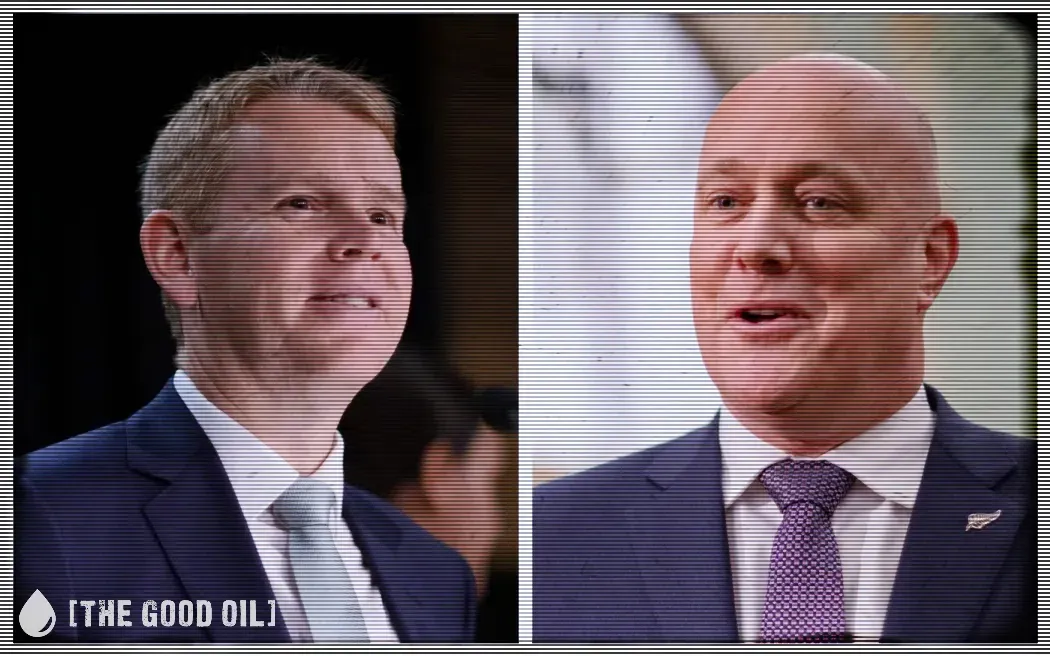The 2025 AUT Trust in Journalism Survey has been released and it has once again found trust in the media is at an all-time low. This year it has fallen a percentage point from last year: 32 to 31. When the trust is already very low a huge drop is not to be expected but again, there has been no improvement in how people view the news and the outlets that produce it.
These media companies will tell you how they have improved and what steps they have taken. For example, according to the survey, TVNZ released information about how its newsroom works and detailed its editorial policies. This was supposedly to boost public trust in its news operations. It wanted to show people why they could trust TVNZ and that meant sharing the guidelines they worked under and being clear about what they do and don’t do.
Radio NZ last year announced its audiences were higher than ever before, with 77 per cent of those 18-plus accessing its content every month. Evidently trust in RNZ also continued to grow with 49 per cent trusting the organisation, up from 43 per cent in 2023. This sounds great until you find out it’s their own survey. RNZ CEO and editor-in-chief Paul Thompson said as a public organisation RNZ recognised it had a role to play rebuilding trust with media overall and it had worked hard on its standards.
These comments from both companies are mere platitudes designed to influence thinking that what they’re saying is true. What is true is that, for all their so-called hard work, the survey found the level of trust has not changed. In spite of all their efforts, they, along with most mainstream media, are continuing to wallow in a sea of mistrust.
This is borne out in another finding in the survey: in terms of news avoidance, 75 per cent of people surveyed said that they avoided the news to some extent. Sixteen per cent said they avoided it often, 42 per cent sometimes and 17 per cent occasionally. Reasons given were, firstly, the news was too negative and depressing and many said it was bad for their mental health (anyone surprised by that?) and, secondly, because the news was too biased and opinionated.
So all their soothing utterances about their efforts to be more trustworthy has fallen on deaf ears. In describing what they say they are doing, there is no mention of the second reasons for news avoidance: bias and opinion. This is something they seem quite happy with and their journalists have full permission to carry on along these lines. This makes a mockery of their attempts to restore trust in their news reporting.
Anyone masochistic enough to endure the six o’clock news hour cannot fail to miss the bias flowing through the news items, both domestically and internationally. Domestically it is worse because the news is also laced with the opinions of their left-wing journalists. It is not unusual for a news piece to be turned into something more akin to a political broadcast or sounding more like an advertorial. The anti-government rhetoric is there for all to see on a nightly basis.
International items also feature left-wing bias because the information comes from overseas left-wing channels with a similar editorial stance. Facts may be covered in a story but it is the way they are presented and often only one side of the story is given. Take the Middle-East war as an example. Almost every night without exception there is an item on an Israeli attack in Gaza or elsewhere and we view the injured, particularly children. One is left to presume Hamas and other terrorist organisations are sitting around in a state of victimhood doing nothing.
That sort of one-sided news coverage is responsible for the first reasons given above for avoiding the news. It also bears relevance to the second reasons given. So long as the left-wing media refuse to address these issues then trust in the news media will remain low. People want objective news, not bias and opinion.
A good example is the difference in news coverage between the three organisations above and Newstalk ZB. The survey found those on the left think the three above are more trustworthy and those on the right prefer Newstalk ZB. What is interesting is ZB’s news is left because their newsroom is full of lefties. The presenters, however, express opinions that are more in line with right-thinking people. The point here is this is not bias: these talkback hosts are giving the facts as they see them and these are usually accurate.
Look at America. The left-wing media is struggling while Fox News and, Newsmax in particular, are doing well. Newsmax listed on the NYSE at a share price of $10. Having got as high as $80 dollars on day one, its current share price is around the $22 mark. In the first quarter of this year, Newsmax grew its daytime audience by 690 per cent and 1,027 per cent in prime time. They recently hit a record with 33.6 million viewers, up 50 per cent from the same time a year ago. They put this down to talking about issues America cares about (not 100-plus stories on school lunches, like RNZ).
There is a lot more in-depth analysis in the AUT survey, but if the news media want to continue on the path they’re on, spouting nonsense in the form of left-wing propaganda, then trust in them won’t improve. My opinion is they don’t care: they are not interested in objective journalism. More fool them.







